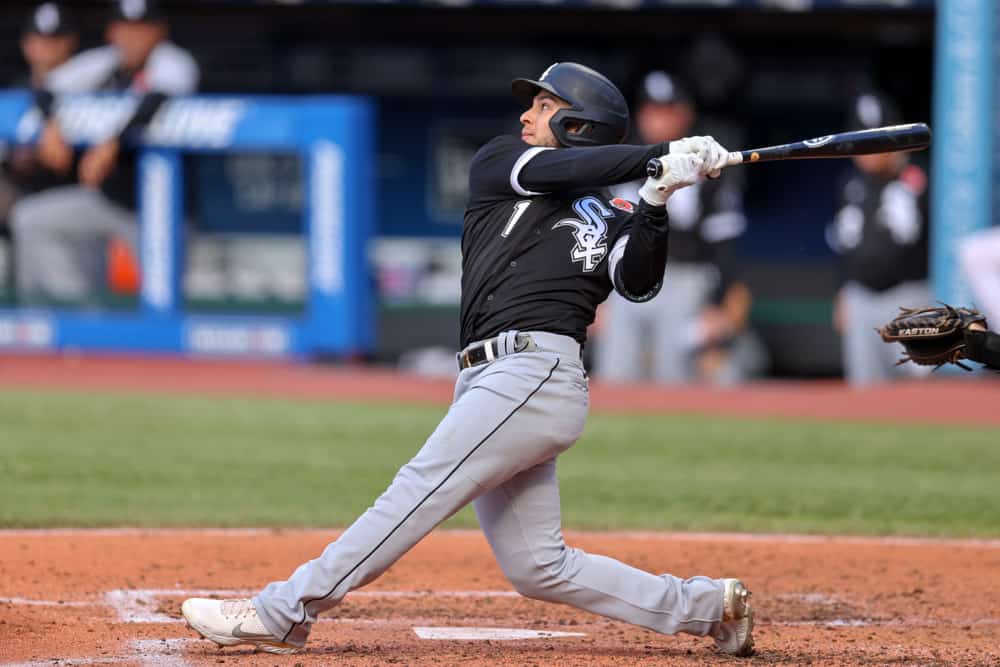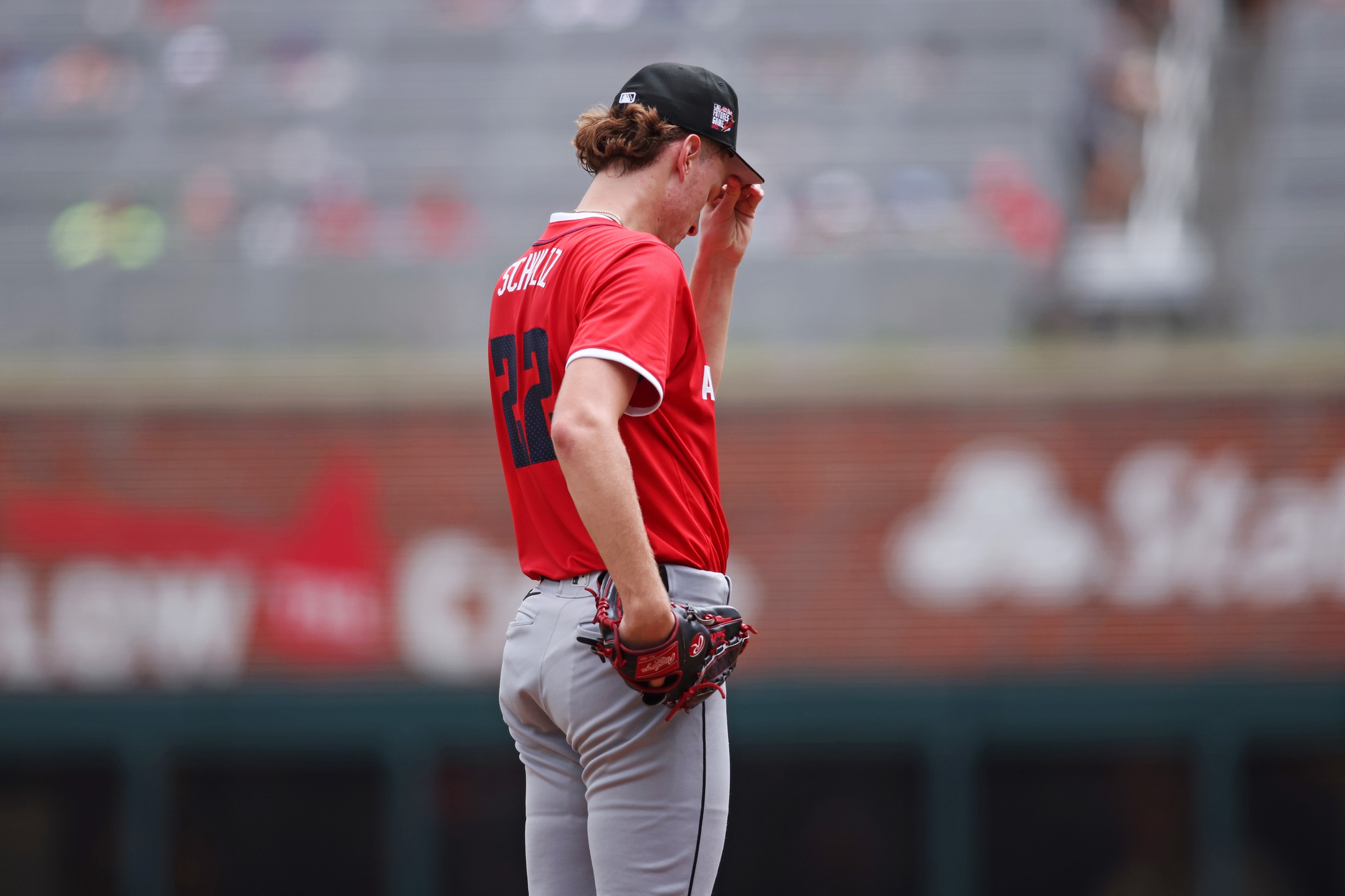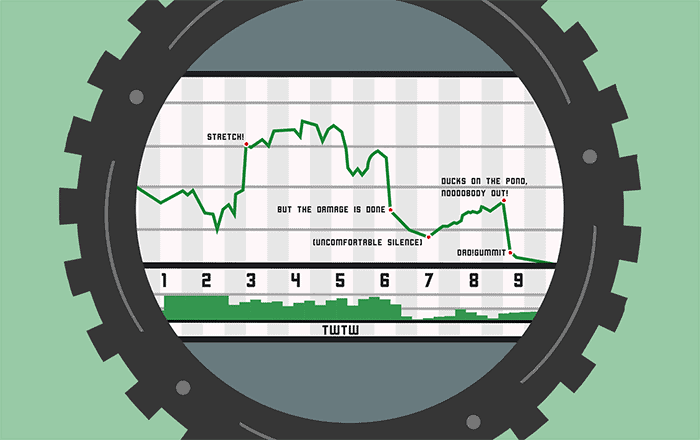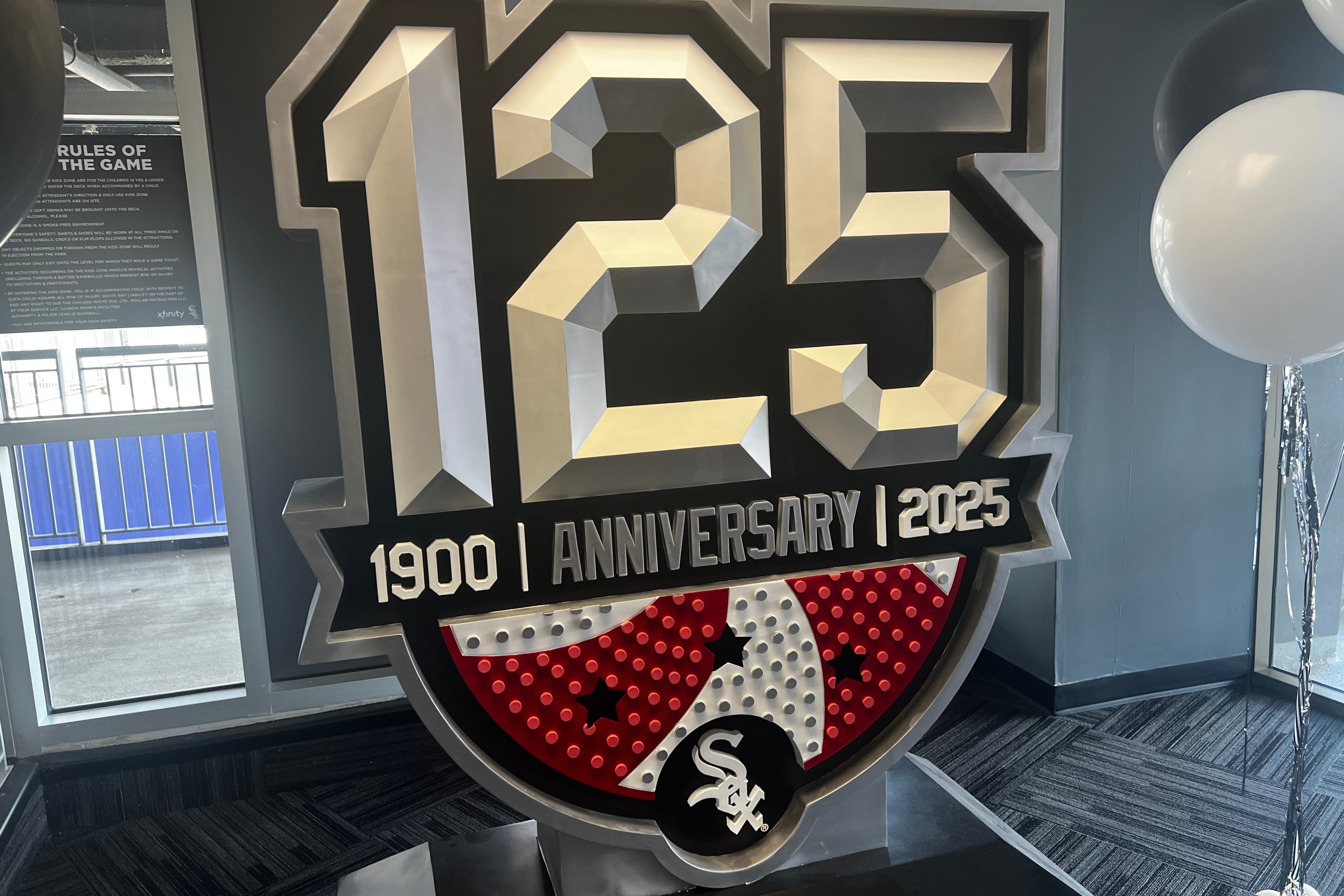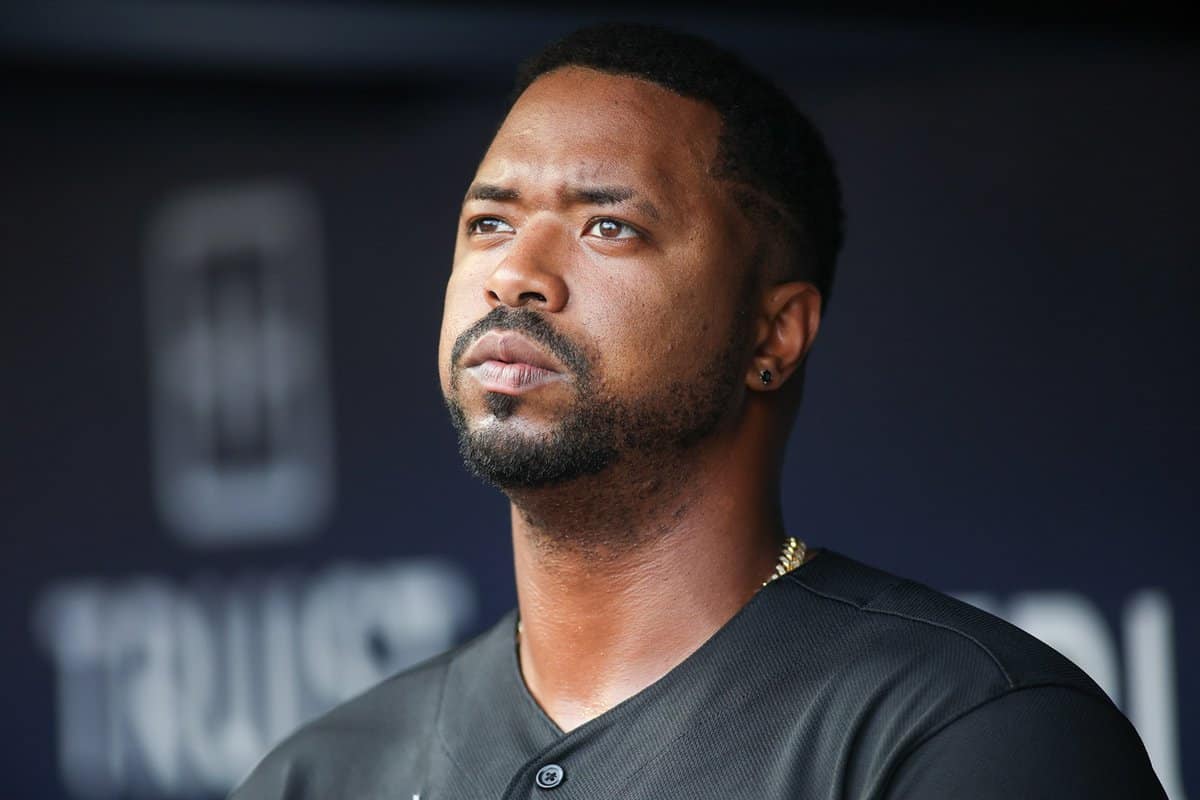Over his last 20 games in a White Sox uniform, Nick Madrigal hit .365/.420/.568 with two homers, two triples and five doubles. He also reached on errors three times, which could be added to his OBP since his preternatural contact ability forces an unusual amount of opportunities for that kind of result. If the White Sox traded five more years of that guy, the White Sox are going to need to win a World Series -- or at least an American League pennant -- to justify sending him to the North Side for Craig Kimbrel.
In his last game with the White Sox, Madrigal tore tendons in his hamstring running to first base. It's his second significant, surgery-requiring injury on an innocuous baserunning play in as many seasons, and the third time in the last four years that he's had to miss a block of the season (a pitch broke his wrist in his junior year at Oregon State). If the White Sox traded that guy, then his lack of durability makes it harder to plan around him no matter how many years before he reaches free agency.
Rick Hahn and Jed Hoyer teamed up for a fascinating philosophical discussion. To state the entire trade for those joining us late, the White Sox acquired Kimbrel, who is owed around $6 million for the remainder of this season, with a $16 million team option for 2022. For his services, they sent Nick Madrigal and Codi Heuer to the Cubs, both of whom don't reach free agency until the second half of the decade.
PERTINENT: White Sox acquire Craig Kimbrel, even though price includes Nick Madrigal
As good as Kimbrel has been -- and he was the best reliever available -- one has to acknowledge the risk in trading players who are significant assets to a lineup for high-leverage relievers. There's the matter of standard reliever volatility and the need to succeed over naturally small samples. There's also the idea that the game needs to get to them in order to matter. Over the course of a 162-game season, a functioning Madrigal is the kind of player who makes a functioning Kimbrel matter.
But in this case, they're mutually exclusive. Now there are three questions that I'm looking forward to seeing answered.
How much can César Hernández make up for Madrigal?
While a lot of the focus has been on the loss of louder bats, Madrigal's absence shouldn't go unnoticed. Not only was he extremely productive over his last several weeks as a White Sox, but it didn't matter whether he faced righties or lefties, which is key for a lineup that's susceptible to the former. Going from him to Leury García and his glass ceiling is an underrated drop-off.
But what's the drop-off from Madrigal to a guy like Hernández? Back in January, Hernandez was one of several middle infielders of comparable value who had to settle for one-year deals. Now, the tricky thing about Madrigal is that his bat-to-ball abilities are beyond compare. Set that aside, and there's a whole lot of overlap with the rest of his game relative to Hernández's -- particularly defense that should be better than it is, and decent speed that doesn't result in stolen bases.
Madrigal makes contact like nobody else, including Hernández. On the other hand, Hernández comes to Chicago sharing the team lead in homers with 18, while Madrigal could be hard-pressed to reach double digits in that department. Madrigal hit righties when the rest of the team didn't, but Hernández is a switch-hitter with a fly-ball swing joining a team that has trouble getting off the ground. He's in a position to complement the rest of the lineup nearly as well as Madrigal did, even if that production takes a different shape.
PERTINENT: White Sox trading for Cesar Hernandez to solve second base
Is Nick Madrigal more ideal than actuality?
Madrigal's skill set is incredibly appealing, especially in a league where strikeout rates are out of control. Nicky Two Strikes (.284) also was Nicky Two Outs (.304) and Nicky Two Men On (.313 with runners in scoring position). If you've hated seeing Luis Arraez come to the plate in games against Minnesota when any kind of contact induces a wince, you can imagine what it's like when Madrigal comes to the plate. I'm prepared for him to exact revenge on the White Sox in many a crosstown contest.
But there's a reason why there aren't many players like him: It's a very hard way to make a living. The early wear and tear brings to mind Adam Eaton. With the White Sox, Eaton summoned all of his strength, speed and effort for an enviable combination of well-rounded offense and corner-outfield defense, resulting in a 6-WAR season. The knee injury he suffered in his first month with Washington set the course for what followed. Without his previous physical capacities, he could only muster 2.5 WAR over the following five seasons combined.
It's not a perfect comparison. Madrigal is three years younger than Eaton was when the Sox dealt him. His bat-to-ball abilities are crazier than any one thing Eaton did. He was drafted and developed by the White Sox, and thus he's grown along with all his teammates. Eaton just comes to mind because when you need everything you can possibly offer in order to be special, there's always the chance that one injury prevents it from one's game from ever coming all the way back. That's the kind of player who Branch Rickey might've been thinking about when he suggested it's better to trade a player a year too early than a year too late. By trading Eaton before they had to, they now have Lucas Giolito and Lance Lynn.
What's the specific value of 2021?
There's another unique variable to this trade: Madrigal can't help the White Sox this year, or at least he can't help the White Sox more than he already did. He's out for the rest of the season, and a lot of season remains.
And with the rest of the division trending toward sub-.500 finishes, a lot of postseason could remain. The White Sox may not have a clearer path to the ALDS and subsequent rounds than they do at this moment.
PERTINENT: Drastic changes underway for Cleveland, Twins
Rick Hahn could have taken it for granted, especially since he addressed the bullpen once with Ryan Tepera. He could've justified balking at the price of Kimbrel and keeping the big-picture in mind, because a productive Madrigal affords other unique opportunities for the White Sox in future seasons.
But winning as much as possible in 2021 creates its own paths for the White Sox. Ratings are already up 123% over the 2019 season. Attendance is starting to spike. Supplement those gains with postseason revenue and an increased season-ticket base, and it won't be hard to justify franchise-record payrolls by the time next year's Offseason Plan Project rolls around. The only question will be the margin.
The risk is that Kimbrel doesn't help the Sox get further than they would have with Madrigal. Winning the division by 13 games instead of eight doesn't mean anything in and of itself, so a lot rests on how this move impacts October. There are no guarantees, because maybe Kimbrel gets hurt. Maybe he's healthy but blows a game. Maybe games never get to him.
With Madrigal, the White Sox are basically using a player who doesn't come along very often to maximize an opportunity that's just as rare. They found one more way he could contribute to this season, using his high floor in an attempt to raise their ceiling for the rest of 2021. Now they just have to reach it.
(Photo by Frank Jansky/Icon Sportswire)
